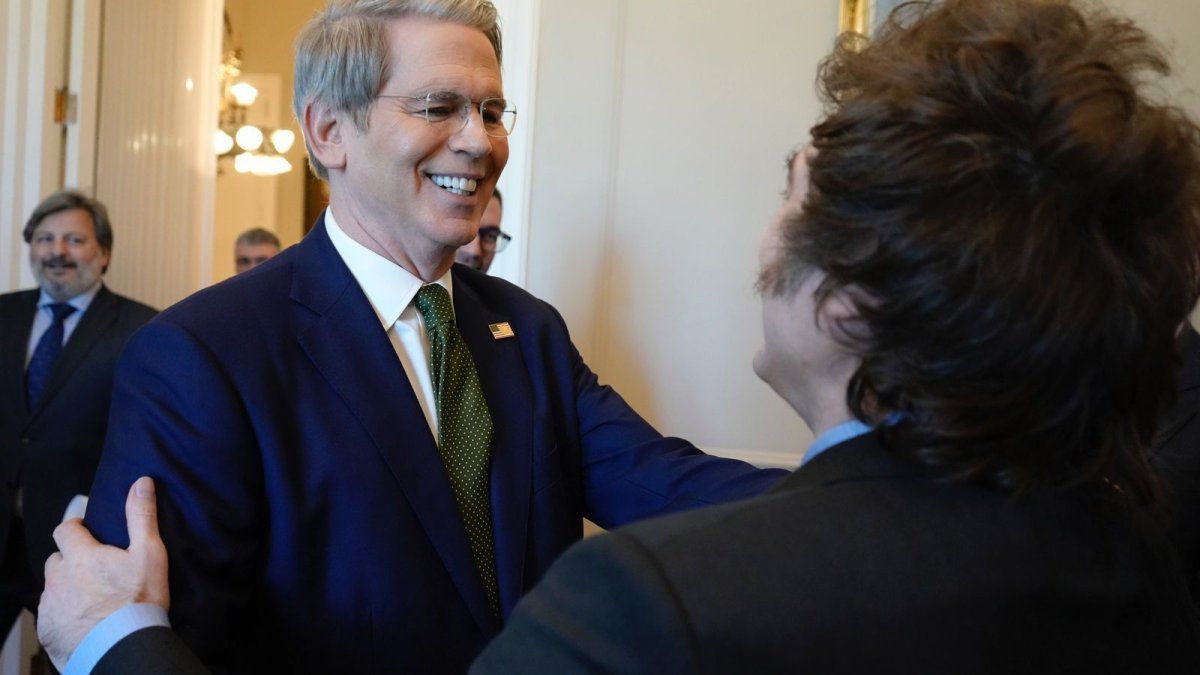Germany, one of the countries most affected by the reduction and cut off of gas supplies by Russia after its invasion of Ukraine, began to register a sharp drop in energy and fuel prices at the beginning of the year of the hand of state subsidies and import substitution.
Only during the first three months of this year, energy costs in homes fell an average of 18% per year, according to an analysis of the comparison portal Verivox released by the DPA agency.
Said fall includes the combined cost of heating, electricity and fuel.
This is the first decline in two years as costs had previously risen for eight quarters in a row, even before the war began.
“In addition to the price declines in the commodity markets, the brakes implemented by the Government on energy prices also brought significant relief,” the analysis explains.
Among other measures, Berlin invested 55.5 billion dollars in a package of measures that includes a cap on household gas prices up to 80% of consumption.
In the same way, it resorted to multiple contracts to replace Russian gas through Liquefied Natural Gas (LNG) ships from countries such as Qatar or the United Arab Emirates, and for this, it built three terminals to receive the vessels in record time.
According to Verivox, the energy costs of an average home in the fourth quarter of 2022 were US$7,791 per year, which dropped in the first quarter to US$6,401.
The calculation takes an average of 20,000 kilowatts per hour (kw/h) of heating, 4,000 kw/h of electricity and an annual mileage of 13,300 km.
In addition to the subsidies and the new sources of supply, wholesale gas prices – which are reflected in retailers – fell due to a boreal winter that turned out to be less harsh than expected.
According to Verivox’s calculations, state caps and subsidies were key: without them costs would have fallen 8% instead of 18% in the first quarter to US$7,178.
Meanwhile, with regard specifically to the price of fuel, the average value of premium gasoline stood at US$1.91 in March and diesel at US$1.87.
According to the German Automobile Club (ADAC), this represents 42 cents less for diesel than a year ago and more than 30 less for gasoline, and implied the first year-on-year drop since the war broke out.
In any case, they pointed out that this is due to the effect of the comparative base since March 2022 – the first month of the war – was a period of strong increases and, so far in 2023, gasoline tended to become more expensive.
“The expected normalization is progressing and I think it will continue,” said ADAC fuel market expert Jürgen Albrecht, who estimated that there is even more “room” for gasoline to fall before the European summer.
Source: Ambito




